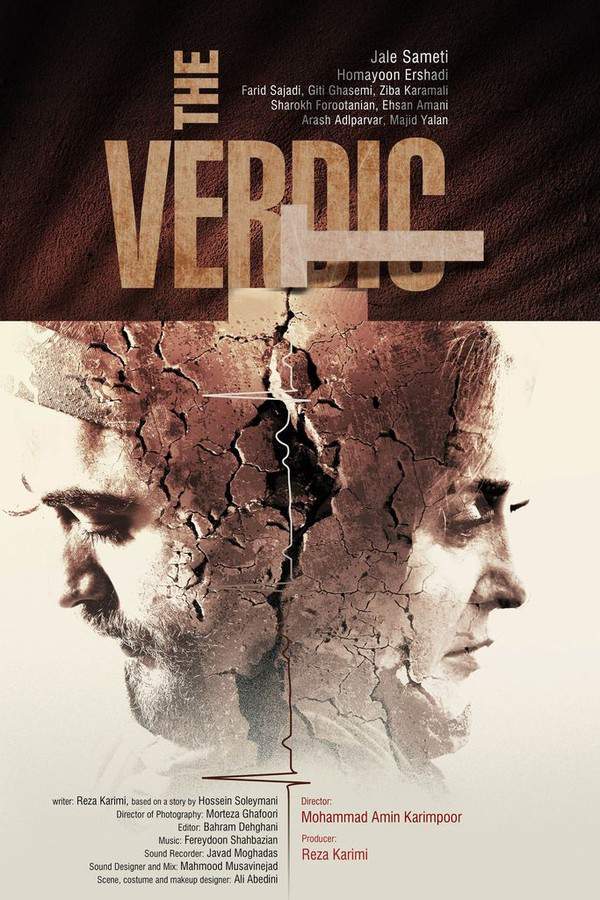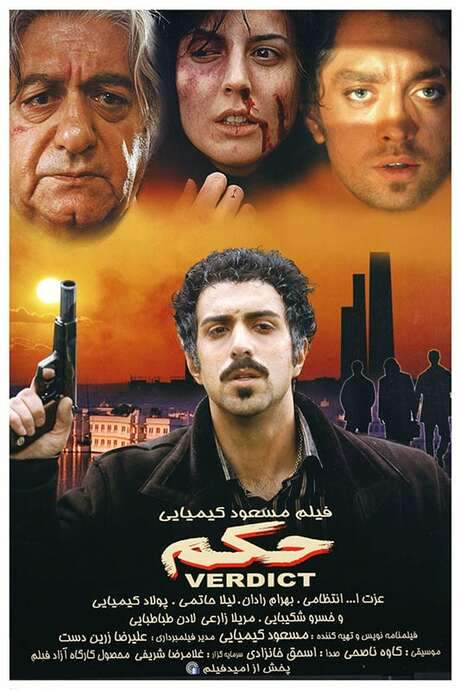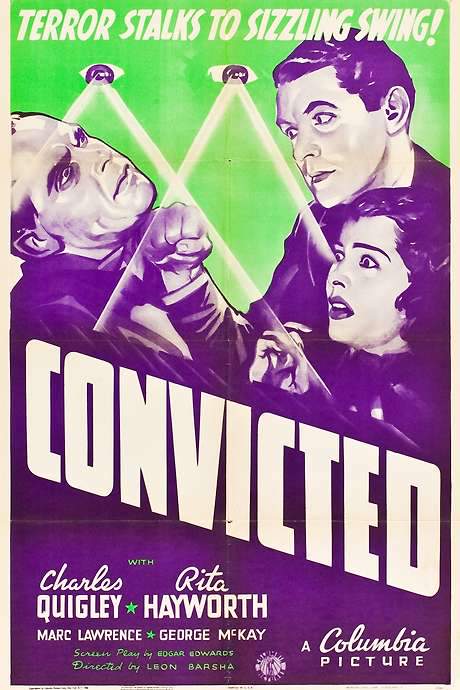
The Verdict
Year: 1946
Runtime: 86 mins
Language: English
Director: Don Siegel
After an innocent man is executed in a case he was responsible for, a Scotland Yard superintendent finds himself investigating the murder of his key witness.
Warning: spoilers below!
Haven’t seen The Verdict yet? This summary contains major spoilers. Bookmark the page, watch the movie, and come back for the full breakdown. If you're ready, scroll on and relive the story!
The Verdict (1946) – Full Plot Summary & Ending Explained
Read the complete plot breakdown of The Verdict (1946), including all key story events, major twists, and the ending explained in detail. Discover what really happened—and what it all means.
In 1890, a grim scene unfolds at London’s Newgate Prison: a man is executed for murder based on a tightly argued but circumstantial case. George Grodman is the Scotland Yard superintendent who built the prosecution, pinning the crime to the defendant largely on an alibi that placed him with a Reverend Hoffman at the moment of the murder. When the alibi witness’s whereabouts become murky—a supposed departure for Wales that later turns out to be a journey to New South Wales—the case begins to unravel, and Grodman is soon shown the door. His replacement is the abrasive and gleefully confident John R. Buckley, whose页面 presence signals a tougher, more public face of justice.
Enter the inner circle around the doomed man: Arthur Kendall, the victim’s nephew; Victor Emmric, an artist who will be asked to illustrate the crime and its aftermath; and Clive Russell, the political opponent who becomes entangled in the web of motives and opportunities. The three men visit Grodman, who shares plans to publish a memoir about his career and even accepts Emmric’s offer to contribute drawings of bodies and scenes. Tensions flare as Kendall and Russell clash with each other, revealing fault lines that will later complicate the truth.
The very next day, Kendall’s landlady, Mrs. Benson, wakes to a silence and discovers that Kendall has been stabbed to death inside a locked room. Buckley, now at the helm, starts by probing seemingly ordinary leads: a burglar, Barney Cole, who is consulted about the locks but cannot crack the mystery; and afterward a music-hall singer, Lottie Rawson, who had quarried with Kendall but is ultimately cleared of suspicion. Meanwhile, Buckley’s eyes turn toward Kendall’s political ally, Russell. The detective finds an unused Brockton-bound ticket in Russell’s home, and the murder weapon is also found there, leading to Russell’s arrest, trial, and conviction.
Awaiting execution, Russell offers a new, more personal alibi: he had been involved in an affair with a married woman, not traveling to Brockton as he claimed. He begs Grodman to keep this admission secret, but the truth remains elusive, especially after the woman dies before any reconciliation can occur.
The turning point arrives when Grodman, driven by a sense of justice beyond the letter of the law, teams up with Emmric to revisit the case. He confesses to Emmric that he himself committed the murder, but his motive is stark and principled: Kendall, the man who murdered his aunt, had corrupted the justice system by allowing an innocent man to be condemned. Grodman explains how he staged the locked-room illusion by manipulating Mrs. Benson’s reactions, drugging Kendall so he would not wake, and then stabbing the sleeping man during a supposed routine “investigation.” He also admits to breaking into Russell’s home and planting the murder weapon to secure an exoneration that would expose the miscarriage of justice.
With the truth finally laid bare, Russell is exonerated, and the manuscript Grodman prepared—his memoir of a career scarred by a grave error—becomes the key to the case’s real ending. Emmric is entrusted with ensuring the manuscript is published, while Buckley’s reputation is left in tatters; the very system that sought to elevate him is forced to confront its own failings.
In the end, what emerges is a harrowing meditation on justice, culpability, and the womanly and menacing complexities that can tip a city’s fate. The characters’ intertwined fates—George Grodman, John R. Buckley, Arthur Kendall, Victor Emmric, Clive Russell, Lottie Rawson, Mrs. Benson, Barney Cole, and Rev. Holbrook—reveal how truth can be both elusive and inescapable, depending on who finally dares to tell it.
Last Updated: October 09, 2025 at 14:06
Unlock the Full Story of The Verdict
Don't stop at just watching — explore The Verdict in full detail. From the complete plot summary and scene-by-scene timeline to character breakdowns, thematic analysis, and a deep dive into the ending — every page helps you truly understand what The Verdict is all about. Plus, discover what's next after the movie.
The Verdict Timeline
Track the full timeline of The Verdict with every major event arranged chronologically. Perfect for decoding non-linear storytelling, flashbacks, or parallel narratives with a clear scene-by-scene breakdown.

Similar Movies to The Verdict
Discover movies like The Verdict that share similar genres, themes, and storytelling elements. Whether you’re drawn to the atmosphere, character arcs, or plot structure, these curated recommendations will help you explore more films you’ll love.
Explore More About Movie The Verdict
The Verdict (1946) Scene-by-Scene Movie Timeline
The Verdict (1946) Movie Characters, Themes & Settings
The Verdict (1946) Spoiler-Free Summary & Key Flow
Movies Like The Verdict – Similar Titles You’ll Enjoy
Murder! (1930) Movie Recap & Themes
The Missing Juror (1944) Plot Summary & Ending Explained
The Judge (1949) Full Movie Breakdown
Inquest (1939) Plot Summary & Ending Explained
Murder by Decree (1979) Film Overview & Timeline
The Big Clock (1948) Plot Summary & Ending Explained
Please Murder Me (1956) Full Summary & Key Details
The Verdict (1982) Full Movie Breakdown
On Trial (1954) Film Overview & Timeline
Verdict (2005) Ending Explained & Film Insights
Time Without Pity (1957) Movie Recap & Themes
Town on Trial (1957) Movie Recap & Themes
I Want to Live! (1958) Complete Plot Breakdown
The Trial (1962) Film Overview & Timeline
Convicted (1938) Film Overview & Timeline

















